The Zimswitch Payments Conference 2024, with its theme ‘Thriving and Shaping the Future in an Era of Continuous Change,’ brought together key players in the financial and tech industries to discuss the future of digital payments.
Technology moves fast and the Zimbabwean economic landscape shifts by the minute. So, this year’s conference highlighted the importance of staying adaptable and forward-thinking.
It provided a space for lively discussions, innovative ideas, and collaborative solutions. In this recap, we’ll dive into the major highlights and insights from the event, shedding light on the trends and strategies that will shape the payments industry in the years to come.
Zimswitch updates
I think it’s fitting to start with the hosts’ interesting updates. As you may remember, Zimswitch was founded in 1994, so they turned 30 this year. What started out as a partnership of 6 financial institutions has transformed into a national switch that serves over 20 more institutions and the general public.
Zipit
Most people are familiar with Zipit, which allows mobile users on any network to send and receive money from any other bank or mobile wallet. It is a great service, but the experience is often sullied when one sends money to the wrong number.
That makes us sound dumb, but this happens because you cannot confirm the details of the person you’re sending money to before sending. You just type in a long list of digits and hope you didn’t mess up.
Well, that was then because Zipit 3.0 is now live, and banks are at different levels of implementation. With Zipit 3.0, you will be able to confirm the details of your transaction before executing it. For the nerds, it now has lookup functionality.
In simple terms, you will be asked something in the vein of, “Are you sure you want to send $100 to Leonard Sengere?” and anyone who sees that name should click “Yes.”
Recurring payments and debit orders
Zimswitch is introducing card-on-file and one-click payments. Card-on-file simply means your card details will be stored, allowing you to use them in the future without re-entering your payment information. One-click payments are as they sound: the ability to make a payment by just clicking a single button.
Hence, Zimswitch can now offer recurring payments, which should be most beneficial to e-commerce players. Customers can make repeat purchases or payments without re-entering their card information each time.
This now makes subscription services, recurring billing, and quick checkout options on e-commerce sites possible. I know a number of businesses that have been complaining about this not being possible in Zimbabwe and how that made it harder to retain subscribers.
Without recurring payments, you have to sell to the same customer over and over again. Imagine Netflix calling you up each month and trying to get you to subscribe. It would become annoying, and you likely would skip some months, something you wouldn’t do if you had set it up so Netflix auto-deducts from your account.
The benefits of recurring payments and debit orders (automatic transfers of funds from customers’ bank accounts to service providers or merchants on a regular basis) also extend to individuals. Zimswitch gives an example of utility bills, which can be paid using debit orders, making for a convenient process.
Other new-to-market and in-the-pipeline Zimswitch products
We managed to talk to Zimswitch’s Head of Strategy, Business Development, and Projects, Michael Chauruka, and he shared everything newly launched or still in the pipeline at the national switch. We will be sharing that video with you. For now, we’ll just list some of the interesting topics he touched on:
Interoperable QR Code – Still a work in progress, but it simply means one QR code to rule them all at any location. These QR codes can be scanned and processed by multiple payment systems, apps, or devices, regardless of the provider or platform. For example, customers of five different banks could scan the same QR code and all be able to pay from their respective accounts.
Contactless Card – Already on the market. What’s interesting is that Zimswitch actually developed their own contactless technology, as opposed to what happens in most countries that simply use international card schemes like Visa and Mastercard.
Pin-on-Glass – Allows users to use their phones to tap and pay. Pin-on-glass lets users simply tap their phones against a terminal to pay. Users don’t even need to have their cards with them to do this.
There’s more interesting stuff, so stay tuned for the video I mentioned.
Cash as the enemy
That statement was hotly debated, with some adamant on labeling cash the enemy and others passionately disagreeing.
Research by Topline Research Solutions, presented by Patson Gasura at the conference, showed just how much Zimbabweans love their cash.
When asked which payment method they used, 96% said USD cash. The surprising thing is that 4% of Zimbabweans do not use USD cash at all. I’d like to think they are in Bulawayo, which I’m told may love the Rand more than the greenback.
43% of people say they use mobile money USD, 26% use Point of Sale (ZWG), and 19% use mobile money (ZWG). I’ll admit, I knew ZWG is scarce, but I did not think Zimbabweans use USD more than the local currency when it comes to mobile money.
Anyway, the picture becomes even clearer when people were asked which payment method they preferred.
Now, I’ll tell you that I too use cash the most, but in an ideal world, I would never touch a physical note. I’m sure most will agree that cash is inconvenient, especially with the home robberies that have plagued our country.
Yet, 81% of us prefer cash, 9% prefer mobile money, and 5% prefer point of sale.
Before we speculate on why that is, Stephen Linell, the CEO of BankservAfrica, reminded us that 90% of transactions are in cash in South Africa. I’ll add that Germany also loves cash, using it for 51% of transactions.
That’s not what payments providers want to see.
Why it matters (to them)
See, the more people use cash that barely enters the formal financial system, the less impact the payments sector has.
When you take a crinkly dollar from under your pillow and hand it to the tomato salesman on the neighborhood corner, who then goes home and places it under his own pillow, what role do financial institutions play in that scenario?
Aside from allowing you to withdraw the cash in the first place—assuming it originally came from the formal system and wasn’t smuggled into the country under a car seat—financial institutions have little involvement.
Hence, some consider cash an enemy. No digital transactions equal less income.
Some of the institutions present were more concerned with why people prefer cash.
Bank charges as a crutch
We all know that the biggest reason Zimbabweans prefer cash is the currency risk attached to our local currency, even the currently stable-ish new one. Very few among us would happily store their money in a formal system that could forcibly convert it to a currency they don’t want, seemingly at will.
That elephant in the room was given the attention it deserved, and then the conversation turned to high payment costs.
During the conference, a trending tweet showed a mini banking statement with charges exceeding the value of the item purchased. It was a ridiculous scenario, if I’ve ever seen one.
The other elephant in the room had to be acknowledged, and it was—the 2% IMT Tax is significantly responsible for the high charges prevailing in the market.
That was not up for debate, but the financial institutions’ role in the high charges environment was. It was quite an experience watching experienced bankers debate this issue.
Some discussed how the survival of financial institutions depended on fee income, while others argued that this statement betrayed how some institutions had lost touch with what’s important—their customers.
This was highlighted by Professor Robert Ebo Hinson, Pro-Vice Chancellor at Ghana Communication Technology University, in his brilliant presentation on “A Customer-Focused Mindset.”
However, Professor Hinson also highlighted that a superior value proposition will offset consumers’ perception of pricing. This simply means that pricing is only viewed negatively when consumers do not perceive the value they are receiving from the service or product to be worth its cost.
I think we all instinctively understand this. We are not fazed by a higher price tag if we believe it’s worth it. How many of us are buying $0.50 loaves of bread? If some banks offered value that consumers appreciated, these same charges we consider high today would be more palatable.
There was more to it
The Zimswitch Payments Conference was jam-packed with interesting and thought-provoking presentations and discussions. It was a two-day affair, so we could not possibly cover everything that was discussed.
You can click here to get an overview of what was covered, as illustrated by a list of the presenters and the topics they tackled.
Above, I touched on the areas I found most interesting and which seemed to generate the most passion among attendees—banks, mobile money operators, fintechs, merchants, and other stakeholders from the payments services industry.
There were more areas of agreement than disagreement. Many of the discussions focused on ways to adopt new technologies and ideas to improve operations.
Regulators and regional switches from various countries, including Zimbabwe, South Africa, Botswana, and Namibia, also shared insights from their perspectives. It’s obviously important to have regulators explain how and why they reject some ideas and promote others.
As an outsider looking in, I gained a sense of the key issues payments service providers are grappling with and the opportunities that lie ahead, which I have shared with you. The service providers themselves exchanged notes, debated, explored new technologies, and more.
All in all, I believe the conference was a success, and more events like these are needed across various sectors.

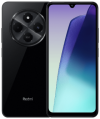


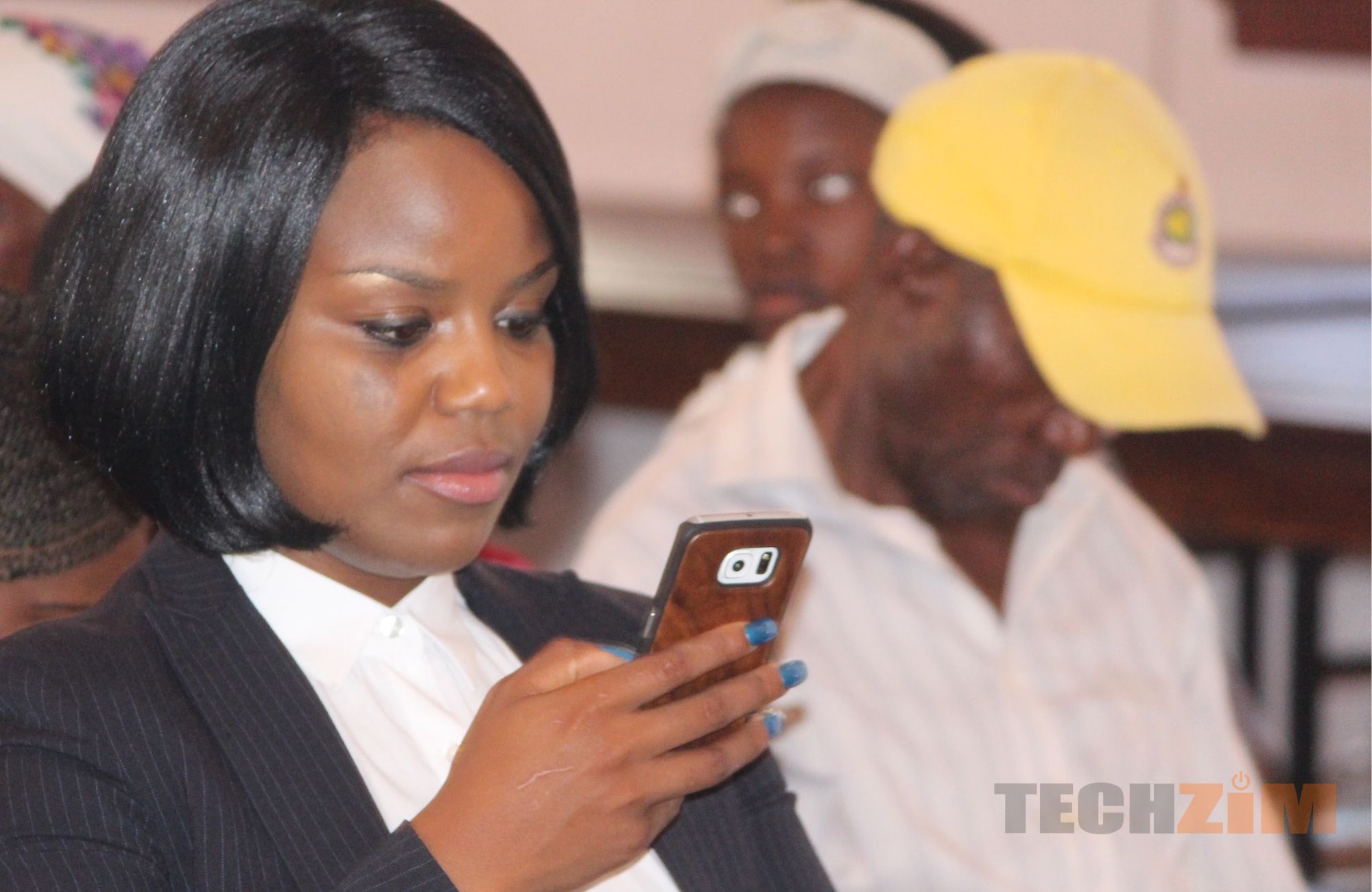

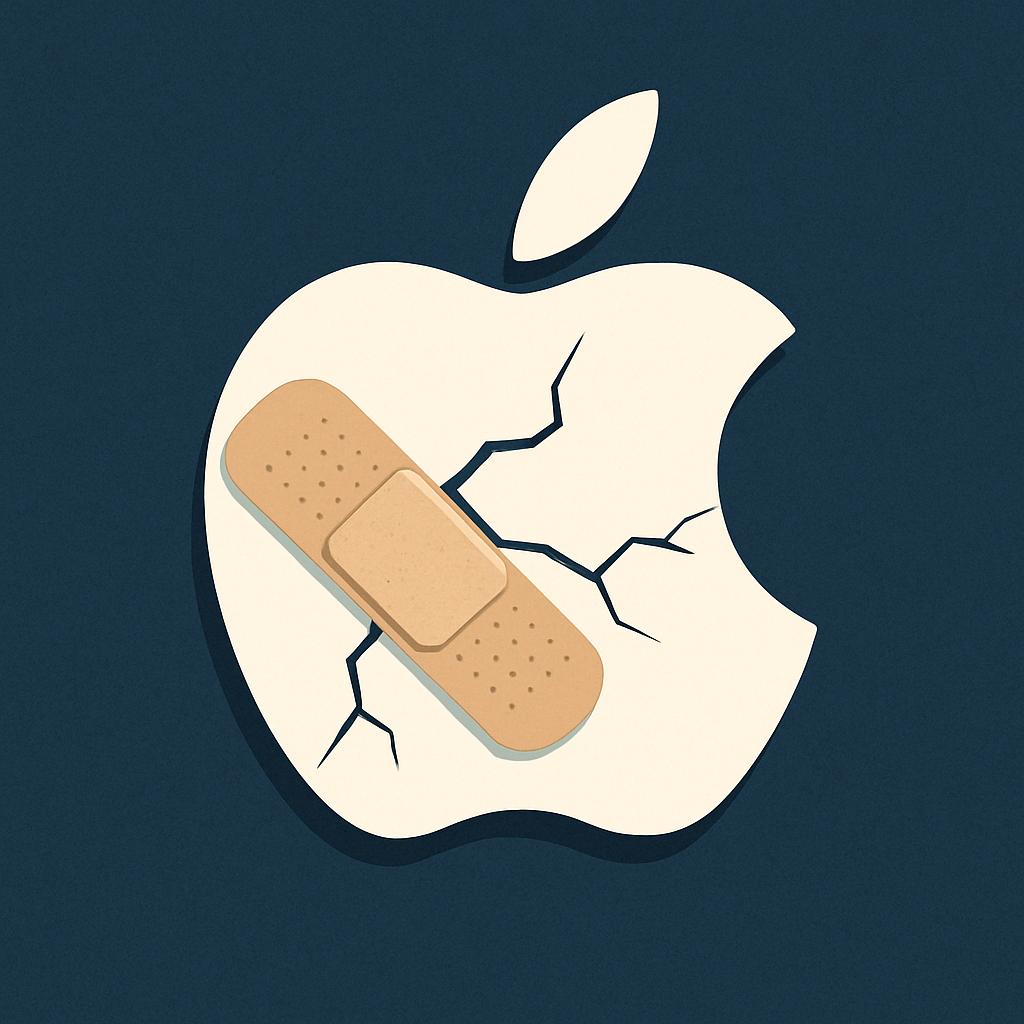

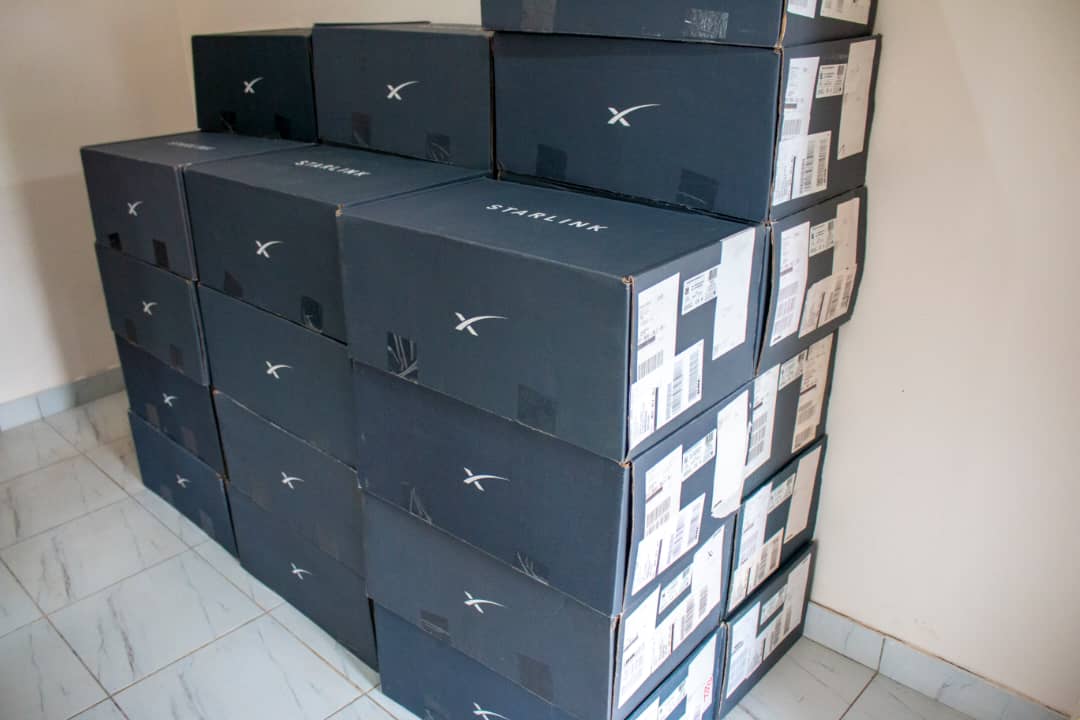

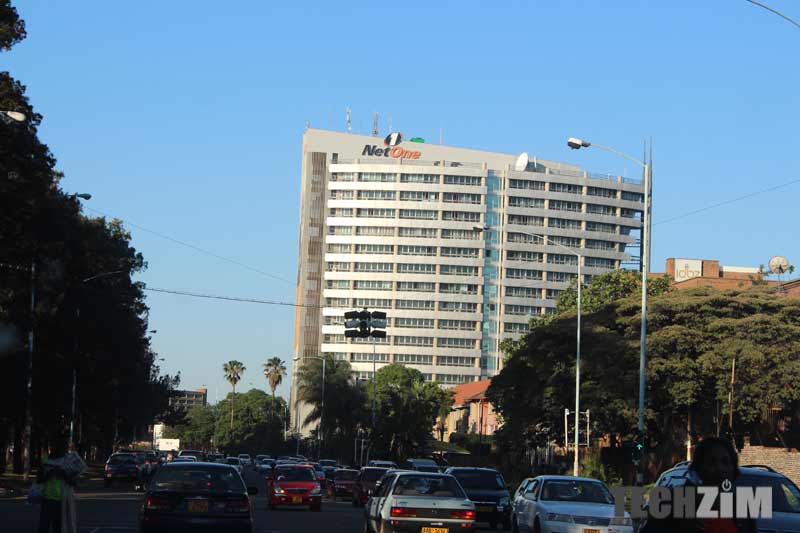

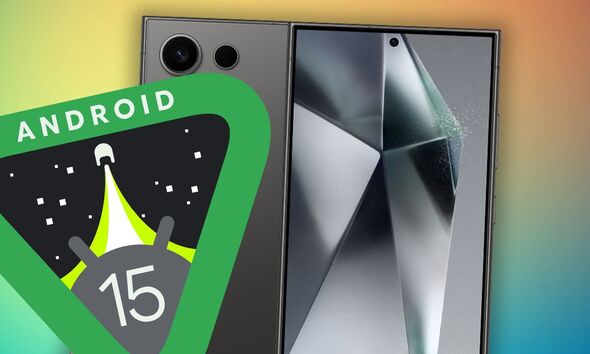

Comments
23 responses
Interesting article. In Bulawayo ZAR is accepted but dominant currency is USD. ZAR is preferred mainly Mat South and probably certain parts of Masvingo .
Hapana zvandanzwa. Tipei news dze Starlink ndidzo dzatonzwisisa
Lol, enda unotenga bhuku re business studies or re finance studies, unobva wanzwisisa.
Panhau ye-contactless card, rinenge richizoshanda international here?
Some of the institutions present were more concerned with why people prefer cash.
The sorts that have never heard of all those taxes, I am sure.
Great article this🙌🏾. Very informative looks like this conference was the place to be.
For the moment Fintechs need banks for the cash-flow but thanks to advancement in technology, Sending money to Africa today as opposed to 10yrs ago, costs a lot less and hopefully still getting better, I look forward to the day that fintechs will work independently from the big banks.
SMA South Africa
I think much of the exhobitant charges lie in local transactions.
That is where these absurd fees are
How can one be charged ZiG18.73 for a purchase of 14.50?
For the moment Fintechs need banks for the cash-flow but thanks to advancement in technology, Sending money to Africa today as opposed to 10yrs ago, costs a lot less and hopefully still getting better, I look forward to the day that fintechs will work independently from the big banks.
Contactless payment sounds cool but how secure is it? Ndikabirwa card that means mari yese gone if I don’t immediately notice that the card is missing.
you set limits for contactless transactions eg. $50. Its not for large purchases, like lets say $400. If you notice the card is missing you must block the use of the card
I once swiped with the nostro for 3usd item. the bank took 2 of I correct… you can’t even use it for small amounts… surely theres a change opportunity here at least.. any swipe under 20 shouldn’t be charged
There is no gurantee a payment system is ideal for Zimbabwe’s situation.
In the context for North America where credit card transaction are usually free and the holder is usually rewarded with loyalty points, contactless payments are the way to go for all small payments but to safeguard against losses when the cards normally have limits of the maximum payments. Some payment processors actually decline contactless payment above a certain amount say $50 to contain losses from charges fro lost and stolen cards.
I don’t think that the contactless card payments are viable in Zimbabwe due to high taxes, high bank charges and necessity to limit losses fro lost and stolen cards.
The cards usually have safeguards of maximum total payment for each day
Contactless is great when you can just use your smart watch or smart phone to make payments
Zim’s payment future is poised to experience significant transformation, driven by advancements in digital technology and evolving financial practices. As the global economy becomes increasingly interconnected, Zim is likely to integrate more sophisticated payment systems, including blockchain and cryptocurrency solutions, to enhance transaction speed and security. This evolution will also involve a shift towards more seamless, contactless payment methods, reducing reliance on traditional financial intermediaries. For Zim, staying ahead in this dynamic landscape will mean adapting to emerging technologies and ensuring compliance with new regulations. A crucial step in this process is the implementation of a robust visa check system, which will help secure transactions and streamline user authentication. As Zim navigates these changes, focusing on secure, efficient payment solutions will be key to maintaining its competitive edge.
qwWhat Visa earnings tell us about the state of the payments industry
7 minutes ago
As a layman, I always wondered: what do Visa and MasterCard even do?
They don’t issue cards or actually extend credit. Banks do that. They
don’t assume any transaction risk. Merchants assume it. They don’t
actually carry any of the debt that customers produce. They don’t accept
balance payments from customers. They’re just “facilitators” but it’s
unclear what that even means technically. I assume they have a few
datacenter that do trillions of little lookups, but is that all there is
to it? It seems like the perfect do-nothing middleman business: Insert
yourself into every transaction in the world and siphon a percentage of
it.
What stops a big bank from doing whatever it is they do?
What Visa earnings tell us about the state of the payments industry
https://www.popularfintech.com/p/what-visa-earnings-really-tell-us
ryandrake
https://news.ycombinator.com/item?id=41094313
As a layman, I always wondered: what do Visa and MasterCard even do? They don’t issue cards or actually extend credit. Banks do that. They don’t assume any transaction risk. Merchants assume it. They don’t actually carry any of the debt that customers produce. They don’t accept balance payments from customers. They’re just “facilitators” but it’s unclear what that even means technically. I assume they have a few datacenter that do trillions of little lookups, but is that all there is to it? It seems like the perfect do-nothing middleman business: Insert yourself into every transaction in the world and siphon a percentage of it.
What stops a big bank from doing whatever it is they do?
What Visa earnings tell us about the state of the payments industry
ryandrake
As a layman, I always wondered: what do Visa and MasterCard even do? They don’t issue cards or actually extend credit. Banks do that. They don’t assume any transaction risk. Merchants assume it. They don’t actually carry any of the debt that customers produce. They don’t accept balance payments from customers. They’re just “facilitators” but it’s unclear what that even means technically. I assume they have a few datacenter that do trillions of little lookups, but is that all there is to it? It seems like the perfect do-nothing middleman business: Insert yourself into every transaction in the world and siphon a percentage of it.
What stops a big bank from doing whatever it is they do?
https://www.popularfintech.com/p/what-visa-earnings-really-tell-us
https://news.ycombinator.com/item?id=41094313
Five Nights at Freddy’s (FNAF) – Famous for its unexpected and unexpected events.
The greedy financial firms in Zimbabwe recklessly charge transaction fees out of this world, that will men 80% of the trending payment systems are dead on arrival. Tap and go without any authorization is one convenient payment system that is dead on arrival i Zimbabwe. The small payments it suited for are null and void due to high transaction charges in Zimbabwe, and the payment is entirely unsuitable for higher payments as their no rigorous authentication, fraud prevention is by algorithms that deny untypical transactions for paying account: e.g. by geofences, or location, or time of day, or type purchases or payment amounts.
Die Verwendung eines Arbeitszeitrechners ist eine effektive Strategie zur erfolgreichen Organisation einer Veranstaltung. Er hilft den Organisatoren, die Zeit im Auge zu behalten und sicherzustellen, dass jede Aufgabe innerhalb des zugewiesenen Zeitplans erledigt wird. Durch die genaue Berechnung der Arbeitszeiten können Sie Hektik in letzter Minute vermeiden und sicherstellen, dass alle Aspekte der Veranstaltung reibungslos ablaufen. Dieses Tool ist besonders nützlich für große Veranstaltungen, an denen mehrere Teams beteiligt sind, da es hilft, die Bemühungen zu synchronisieren und einen zusammenhängenden Zeitplan einzuhalten. Letztendlich ist ein arbeitzeitrechner für jeden unverzichtbar, der eine gut organisierte und stressfreie Veranstaltung ausrichten möchte.